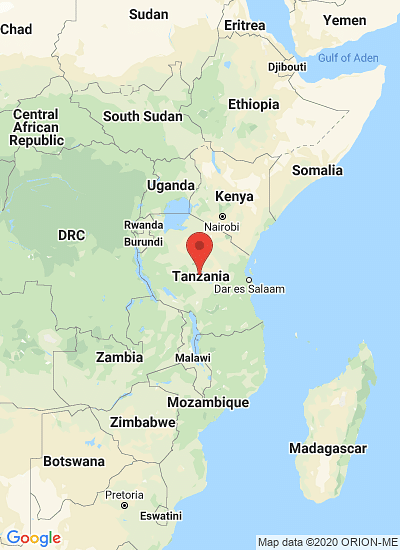African Development Bank on GDP development in Africa: mixed performance with strong resilience
(Courtesy: 2017 Financial Presentation, The African Development Bank)
主标签
AfDB: Africa remains world’s second-fastest growing region

In 2016, Africa as a whole maintained its position as the world’s second-fastest growing economies behind South Asia, according to data released during the Financial Presentation at the African Development Bank Group’s Annual Meetings, which entered its third day on Wednesday in Ahmedabad, India.
The report analyzed the continent’s economic outlook, Bank operations, financial profile and capital market activities, noting that the continent recorded an average of 2.2% GDP growth in 2016 compared to 7.1 posted by South Asia powered India against a 2% average for the developed economies.
The report said African economies would improve further to average 3.4% growth in 2017 and 4.3% in 2018, driven largely by growing domestic demand and good performing countries. Charles Boamah, AfDB Senior Vice-President during the presentation:
“Although natural resources and primary commodities are still major drivers, their importance has declined while domestic factors including consumption demand play an increasing role.”
Other factors include improved supply conditions and good business environment, prudent macroeconomic management, favorable external financial flows, and high public spending, he said.
The report notes that, while natural resources and primary commodities remain major growth drivers, their importance has declined, while domestic factors including consumption demand now play a greater role.
Vast differences in country, sub-regional performances
East Africa emerged the best sub-regional performer with a 5.3% real GDP growth average driven by strong performance in Ethiopia, Tanzania and Djibouti.
North Africa followed with an average 3.3% growth driven by recoveries in Egypt (4.3%) and Algeria (3.5%), amidst persistent political uncertainties.
Southern Africa recorded a 1.1% average due to the poor performance of South Africa and Angola, two major commodity exporters in the sub-region hit by drought, persistent power outages and adverse terms-of-trade shocks, while Madagascar and Mozambique were rare bright spots, posted growth rates above 4%.
Central Africa followed with a 0.8% average due to low commodity prices while some countries lime Cameroun proved resilient. Central African Republic and São Tomé and Príncipe improved their economic performances.
West Africa was at the bottom, averaging a 0.4% growth rate despite good performances by Côte d’Ivoire and Senegal, which were cancelled out by recession and socio-political factors that bogged down the economy to 1.5% growth.
Nigeria and South Africa account for the largest share of Africa’s GDP with 29% and 19%, respectively.
Overall, external flows slowed
The report said Foreign Direct Investment increased slightly reaching US $56.5 billion in tune with growing urbanization and cities growing with consumer markets increasingly targeted by foreign investors. Official development assistance (ODA), which remains the most important source of public finance, declined by 1.7%.
Remittances mainly by the African diaspora represent a key source of capital for African countries totaling US $64.6 billion in 2016, the report says.
However, the facts on the ground suggest that these resources are insufficient to fully meet the continent’s development challenges.
An improved outlook
In this regard, the Bank estimates that its High 5 priorities – Light up and power Africa, Feed Africa, Industrialise Africa, Integrate Africa, and Improve the quality of life for the people of Africa – would spearhead Africa’s economic diversification and growth in broad-based economic opportunities that will shield the continent from future commodity shocks and enhance their resilience.
Hassatou N’Sele, co-presenter and Acting Vice-President for Finance:
“Growth prospects would further be boosted by expected increases in commodity prices, strong domestic demand, better macroeconomic governance and an improved business environment.”
However, the report also cited rising debt, structural weaknesses, power outages, climate change, conflict, political instability and terrorism among some of the downside risks which should not be ignored.










